#ive got some fun ideas based on how much she uses that grappling hook in the main game
Text
So. @quasar-crew made a post about all the fun fic ideas they've been thinking of and within that was an 'Everyone gets infected funtimes' au. It has consumed me.

Ashleys mutations mostly focus on allowing her to GET AWAY and doing it QUICKLY. Most of her time while infected with the Plaga is spent trying to get away from threats, so it responded to that when developing its 'improvements'. She's mostly based off of the Novistador enemies found in the later levels.
Her clawed feet allow for climbing and perching on small objects. Armor extends up the leg because lets be real bro. I saw Jacksepticeyes playthrough theres no way her legs didnt at least get OCCASIONALLY grazed by wayward bullets from Leon trying to shoot whoever is carrying her away. NEVER AGAIN. Her armor is not as strong as I would imagine Leons is because it needs to be light enough to allow her to fly.
The Novistador's only have three fingered 'hands' so that translates over by only mutating three of her fingers. She has mandibles but they're mostly meant as a last resort self defense, along with her new sharp teeth (TEEF. TEEEEEEEEEFFFF). They don't move much beyond slight up and down motions. She also has a nictitating membrane that rests on the edges of her eyes when not in use. It activates after she blinks (think like a windshield wiper clearing away debris) and also covers her eyes when she's flying. This does impede her vision a little bit, so its best for her to find somewhere to rest if she's up there to spy.

Ashley has considerably less armor than Leon because 1. thats not the focus of her mutation. the focus is allowing her to get away from threats and 2. because she needs to remain light enough to actually get in the air. Her wings are extensions of the Plagas legs that have shifted to rest more on its back than its sides. That way its less strain on her back muscles (shoulders are already so fuckin complicated bro). They move in more of an x motion than an up and down. The best thing to compare them too would be a hummingbird. I briefly considered looking to dragonflies and their flight, which led me to this very cool video but I think she's just too large for that to work. Her wings have no bones in them, instead relying on the Plagas strong exoskeleton (carcinization strikes again) to keep her lightweight but strong. In theory, if she practiced enough, she should be strong enough to just. Pick an enemy up, lift them into the air, and then drop them.
Her antennae are controlled by a small tendon anchored just above her ears. They act to gather extra sensory information. They can detect smell, temperature (fire chaser beetle style babyyyy), and they are sensitive to touch which allows her to sense wind direction when she's flying up high. When in a situation where too much is going on, they will flatten back to try and avoid sensory overload. It's like when you turn down your car radio to see a parking spot better.
Also, because I forgot to draw it sometimes, the armor on her back wraps around her neck to protect more of her main veins and arteries. Plus, no more choking so thats a bonus.
And heres just. Some random doodles because I ended up really enjoying drawing her (bonus Leon with an awkward cutoff because idk how I want to draw his feet yet. Some kind of fucked up digitigrade deal most likely I just haven't figured out the details.)

Next up, Ada Wong you can not run from me.
#resident evil 4#resident evil#ashley graham#infected!ashley#my art#sketch#I gotta start a tag for speculative biology might as well do it here#speculative biology#leon kennedy#infected!leon#I have sooooo many fun ideas for ada but i think i should watch the seperate ways dlc just to make sure I understand her fighting style#ive got some fun ideas based on how much she uses that grappling hook in the main game#everyone is infected au
218 notes
·
View notes
Photo
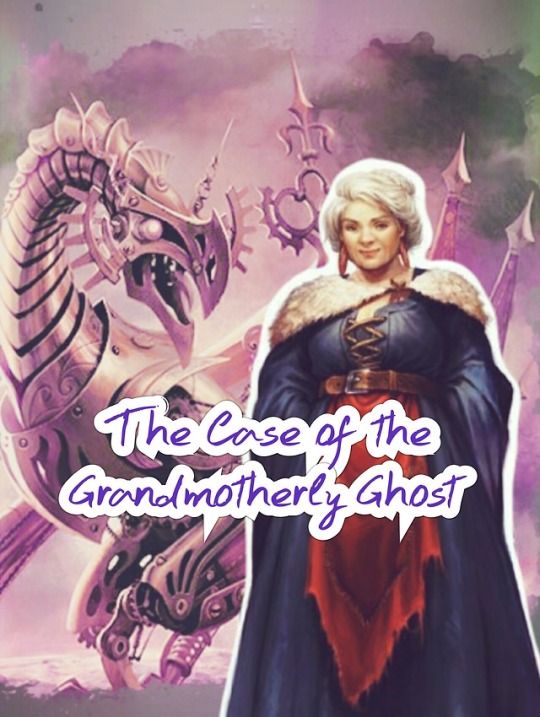
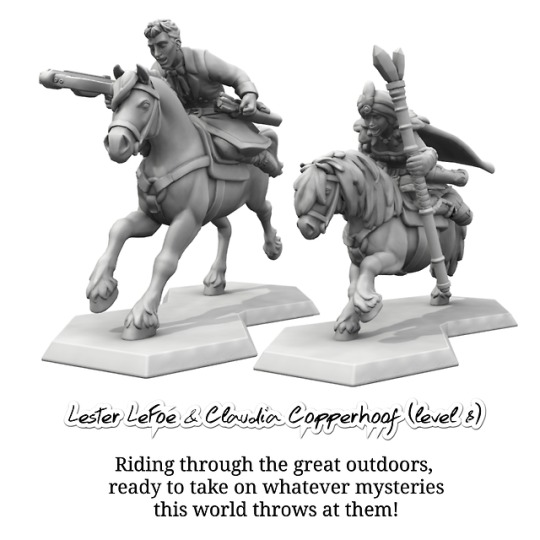
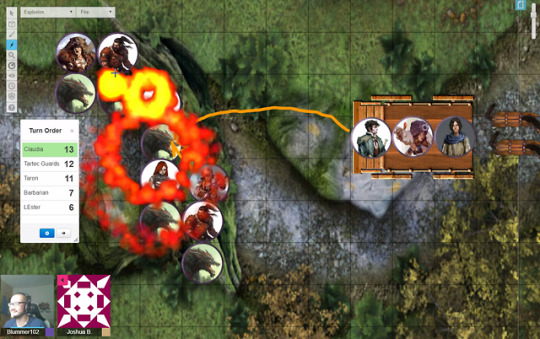
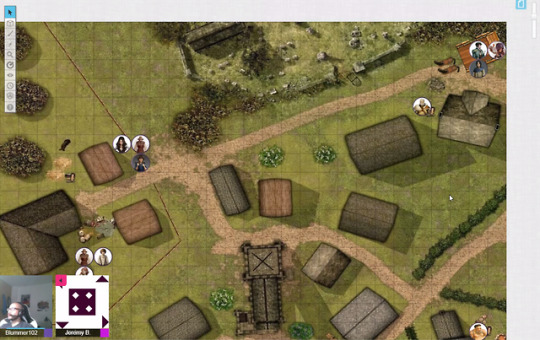


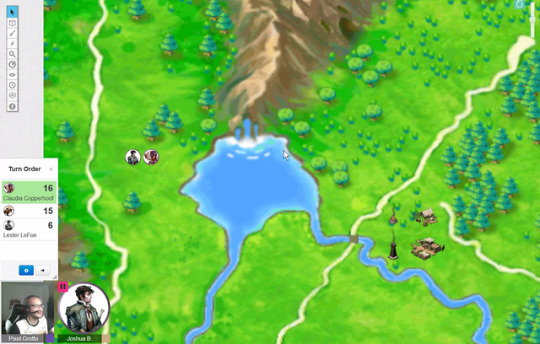
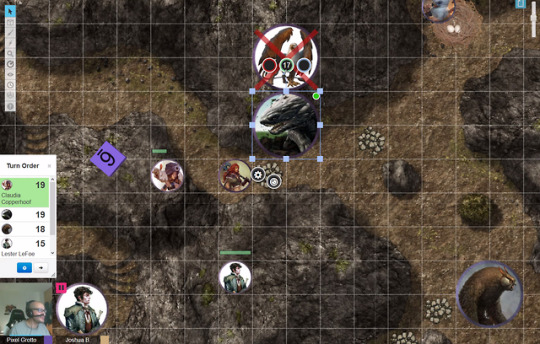
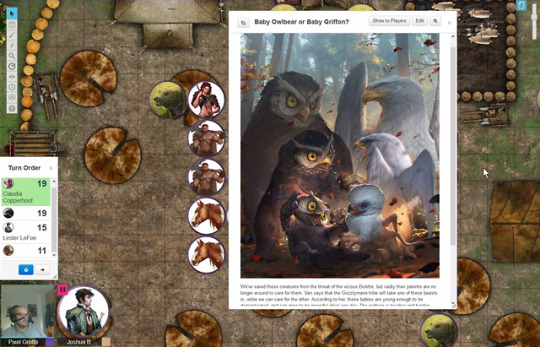
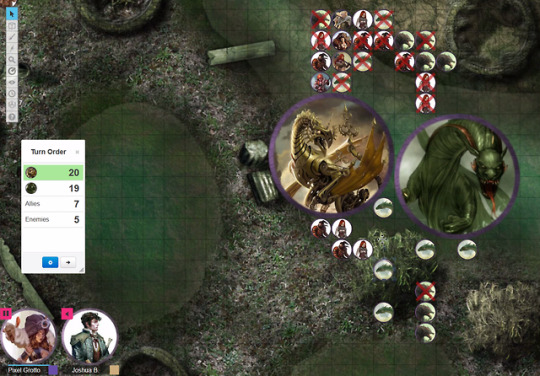
D&D With My Bro: The Case of the Grandmotherly Ghost
Last weekend my brother and I concluded our second homebrew Dungeons & Dragons campaign starring Lester LeFoe and Claudia Copperhoof, two private detectives from Tartec, a setting that my bro created for his fantasy series The Thirteenth Hour. I called it The Case of the Grandmotherly Ghost, and it was quite different in scope from its predecessor, The Case of the Almost Assassination. That first adventure was based entirely within a city and focused on our heroes preventing a political assassination, and it was much more of a Holmesian urban investigation inspired by the Professor Layton and Ace Attorney games. In contrast, the theme of this second campaign was “the great outdoors,” and I wanted to create something that gave me an excuse to use a more traditional D&D framework - that of adventurers going to a quiet village and solving problems for townsfolk. You can watch the whole adventure on YouTube here (along with our first), and I’ll highlight a few of my influences in this post, since I think it might be an interesting thought process for anyone working on their own campaign.
The hook getting Lester and Claudia to leave the capital city was the titular “grandmotherly ghost” haunting Aquaria, a small farming community. It turned out that the ghost was actually the former headmistress of the town orphanage, and she was simply trying to warn residents that the new orphanage master was a shady fellow with magic at his disposal who had secretly been brainwashing children and selling them to the barbarians of the Wild Lands, an uncharted grasslands region full of deadly beasts. And despite their seeming acceptance of slavery, the barbarians weren’t exactly bad guys either - they were more like a disenfranchised minority trying to maintain a tenuous peace with the Tartec king while fighting against a vicious sea serpent named Ungar who had recently invaded their turf. The only reason they needed the kids was to power an old steampunk robot known as the Clockwork Dragon which was the only thing capable of killing Ungar, and this gizmo had been created by a quirky wizard who loved children and made constructs that could only be used by orphans.
So in other words, there were a whole lot of twists in the plot, which started as a ghost hunt in a village but quickly ballooned into a full-out exploration of the Wild Lands and the uncovering of a conspiracy. I’ve always felt that small, so-called “idyllic” towns actually hide a lot of creepy secrets behind an illusion of peace, and my character, Claudia, even comments on this at one point, talking about how cities are places where people are more likely to stab you in the open, but little villages are places where people are more likely to stab you in your sleep. Stephen King, one of my favorite authors, also subscribes to this notion, which is why he sets most of his works in weird Maine suburbs rather than cities. In interviews for Salem’s Lot, his book about vampires infesting a town, he actually mentions that if Dracula came back in this day and age and tried to take over New York City, he’d probably get run over by a car before making it very far. But a sleepy village in the middle of nowhere? He’d conquer that sort of place slowly but surely, and that’s the reasoning I kept remembering while designing both the town of Aquaria and Albertus Alright, the new orphanage master and probably the only real “villain” in our campaign, aside from Ungar the sea serpent herself.
Speaking of villains, I mentioned earlier that the barbarians who play such a large role in this story weren’t exactly bad guys. This was an important thing that I wanted to develop, because real life rarely has the mustache-twirling baddies of fiction - just people who are often radically intent on accomplishing their goals. Around the time when I was brainstorming this adventure, I was reading Scalped, which is a great comic series by Jason Aaron and R. M. Guéra about life on a South Dakota Native American reservation. It highlights the crime, corruption, poverty and preservation of cultural identity that many of these reservations grapple with, and I found this to be inspiring stuff when designing the barbarians and their Wild Land home. I basically tried to portray them as natives who’d been abused and quarantined off in a tiny area by a larger, more powerful government, which is frankly what’s happened to most aboriginal peoples across the globe, not just in the United States. Within the fantasy setting of the campaign, the big government power was the Tartec empire of King Darian IV, and there was a small segment of the barbarians - the Clawrunner tribe - who resented this oppression and ended up getting their hands on the Clockwork Dragon, a weapon that could’ve given them the upper hand against the Tartec forces if they’d wanted to use it in such a way. Luckily, they were more focused on killing the sea serpent razing their homeland, and Lester and Claudia essentially served as neutral go-betweens, encouraging them to not engage in terrorism or cause a war that would’ve quickly gotten out of hand. If only real life could have such quick ‘n easy resolutions!
On the topic of sea serpents and mecha dragons, one of the other main tropes of traditional D&D that I wanted to inject into this quest was that of the monster. Aside from a crocodile and some snakes in the sewers, the last campaign I’d played through with my brother had mostly featured human enemies, simply because there aren’t many deadly creatures to be found within a city. (Though you could probably argue that humans are the worst monsters of all!) Venturing into the wilderness gave me the excuse to go through the Monster Manual and pull out some of the beasties that make tabletop RPGs fun, though since my brother’s world isn’t the sort of place that has humanoids like orcs, goblinkin or mind flayers, I decided to focus on the more animal-esque D&D creatures that are naturally found in forests and grasslands - stuff like the owlbear (one of my faves), the griffon, the bulette and a few mutated, more powerful versions of mammals found in our world, like rhinos and wolves. When I was designing the Wild Lands section of the adventure I also became aware of the Baby Bestiary - a wonderful series of third party D&D supplements by Metal Weave Games that provides details on younger versions of classic creatures - and I was so enamored of the concept that I wrote a turning point where Lester and Claudia can choose to adopt either an infant griffon or an infant owlbear. My brother went with the griffon, naming it Sparky, and it’ll hopefully grown to be a strong companion (Pokemon style) in future adventures.
I had one more thing I wanted to pull off with monsters in this campaign - a throwdown in the finale between the Clockwork Dragon, which could be powered by Lester, Claudia and the orphans like a medieval Voltron, and the sea serpent Ungar. This was inspired by a phase I went through about two years ago where I watched nearly all of the Godzilla movies in a row. When I finished, I kept trying to figure out how to implement kaiju battles into a tabletop RPG, because surprisingly nobody’s really done this successfully yet, though board games like King of Tokyo have come close. I finally decided that the best way to do it would be to give relatively low level playable characters temporary control of a giant beast with high level stats. So Lester and Claudia, two seventh level characters, got to choose from abilities meant for a Challenge Rating 14 dragon, giving them access to stuff like Legendary Actions and rechargeable fire breath. Their opponent was also a high level dragon with similar capabilities, and the resulting combat went better than I expected and communicated (as best as you can in a tabletop RPG, anyway) the scale and power that comes with the best big monster fights. I’ll probably end up recycling the idea again for another D&D group - in this one DM + one player game, it was just my brother controlling all of the Clockwork Dragon’s actions, but I think it would be fun with a larger group to have one player control the movement, one control the attacks, one the Legendary Actions, etc.
All in all, The Case of the Grandmotherly Ghost took about 11 sessions and 24 hours to complete, which is roughly on par with The Case of the Almost Assassination. 20-30 hours seems to be the amount of content that I subconsciously end up creating when I design a campaign, which is interesting, because about four years ago on this blog I wrote (in a poorly written fashion, I now find) a post about how 30-ish hours is probably my ideal length for a gaming experience. The next adventure my bro and I will be embarking upon with Lester and Claudia - The Case of the Troubled Territory - might end up hitting that mark as well, though I do plan to experiment and hopefully make it more open-ended than this past one, which checked off most of my bullet points but was slightly too linear at moments.
At any rate, now that we’ve conquered the great outdoors, the theme for the next quest will be “Arabian Nights!” Who knows what future rolls lie in store for our heroes? Expect another campaign deconstruction in…five or six months time, hopefully!
#pixel grotto#musings#video games#dungeons & dragons#dungeons and dragons#d&d#dnd#d&d 5e#5e#roll20#roll 20#tabletop gaming#roleplaying game#rpg#the thirteenth hour#thirteenth hour#phoenix wright#ace attorney#professor layton#layton
3 notes
·
View notes